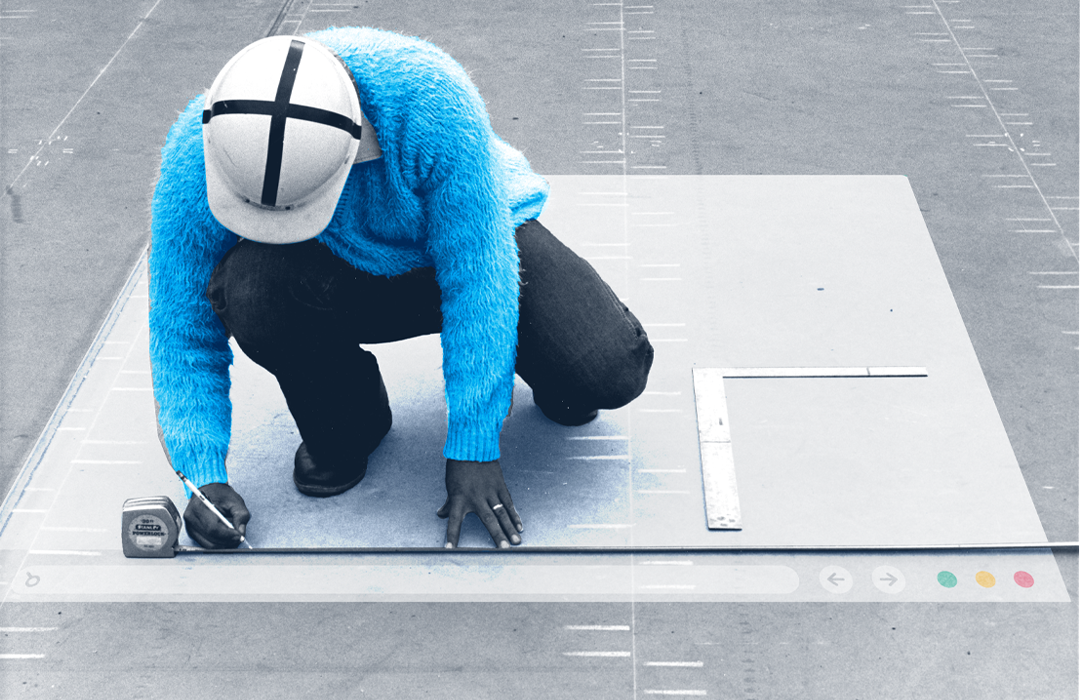A great website structure will help users navigate your site easily, but did you know website structure can affect SEO? Search engines want to present their users with the best results for their queries, so they send bots to crawl and analyze websites. The information from these bots—called crawlers—helps search engines choose which pages are ranked first and which are relegated to the dreaded second page. Your website structure can help or hinder crawlers, which affects your site’s ranking on the search engine results page (SERP). Use GROWL’s guide and learn 7 ways website structure can affect SEO.
1 Crawlability
In order to get the entire picture of your website, crawlers need to be able to crawl from one page to another easily. They do so by following links back and forth across your site. If your website has dead-ends or broken links, the crawlers won’t be able to access that content. Make sure your website’s structure can be easily navigated by bots so search engines receive the entire picture of your site instead of just a snapshot.
2 Indexability
When a bot crawls through your website, they’re indexing the content on your pages for SERP relevance. Things like metadata and title tags tell crawlers how to index the content on your site. Although crawlability and indexability go hand in hand, a crawlable website may not be indexable. Code errors and outdated technology, such as Ajax or JavaScript, can prevent parts of your site from being indexed.
3 User Navigation
Easy navigation and website usability are key factors to a good user experience, and search engines take this into account. Google’s algorithm factors click-through rate, bounce rate, and time spent on site when ranking for SERP. A poor website experience tells crawlers your website may not be relevant for the queries you’re targeting, severely limiting your SEO.
4 Page Experience
A slow-loading page affects your SEO in two ways. First, web crawlers have a limited budget for time spent crawling and indexing your website. The quicker your pages load, the more information crawlers can get before time is up. Second, a user is more likely to leave your website if a page doesn’t load quickly, affecting your ranking.
5 Breadcrumbs
Much like using breadcrumbs to find your way home, digital breadcrumbs are simple text links that help users trace their steps back to your homepage from any given page on your site. They’re usually placed at the top of the page and mirror your site’s URL structure. Breadcrumbs help crawlers understand how your pages relate to one another, ensuring the right pages rank for relevant topics.
6 Internal Links
Internal linking is the practice of using keywords in your content to link to other relevant content on your site. Not only are internal links given greater value by search engines, but they also make your website easier to crawl. Internal links are commonly used to link new content to old content but updating old content to link to new content is a great way to affect your SEO. An updated page is re-crawled and indexed by bots, giving your page an SEO refresh.
7 Duplicate Content
Search engines interpret duplicate content as spam, docking your website’s SERP favorability. A regular website audit to remove old content will keep your website unique and SEO optimized. Services such as Google’s Search Console will help you sniff out duplicate content on your website.
Ready to optimize your technical SEO? Contact GROWL today and get started!
